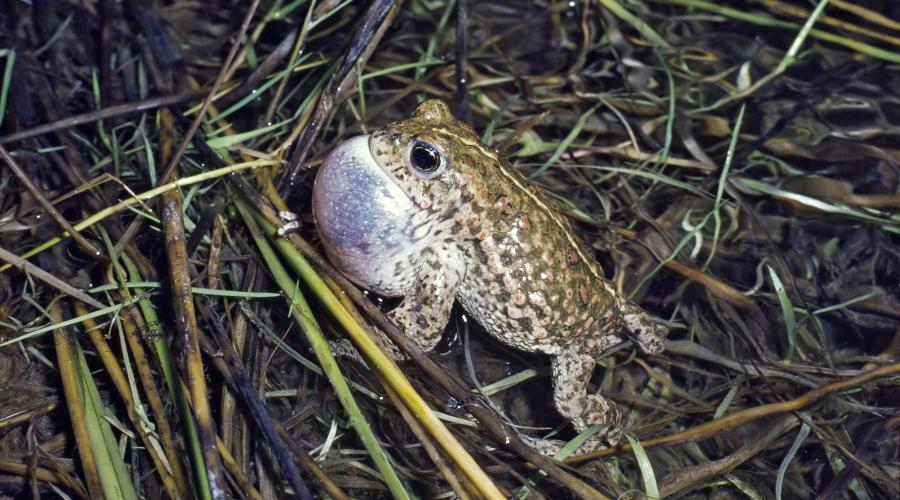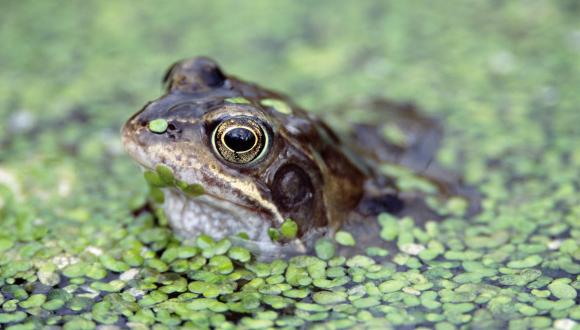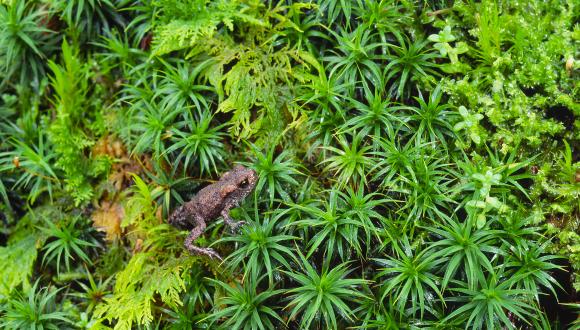
Protected species: amphibians and reptiles
All amphibians and reptiles found naturally in Scotland receive protection under the law, including as European protected species.
There is no change to the protection of European protected species as a result of EU Exit.
Great crested newts, natterjack toads and all marine turtles are European protected species. They have full protection under the Conservation (Natural Habitats, &c.) Regulations 1994 (as amended).
All other amphibian and reptile species found naturally in Scotland are given limited protection under the Wildlife and Countryside Act 1981 (as amended).
These are the:
- common frog
- common toad
- palmate newt
- smooth newt
- adder
- common lizard
- slow worm
You can see our summary of offences in relation to these protected species below. For the definitive list of offences, you should consult the actual legislation.
Discover more about the amphibians and reptiles found in Scotland.
Offences: great crested newts, natterjack toads and marine turtles
For any of these species, it is an offence to deliberately or recklessly:
- capture, injure or kill a wild animal
- disturb an animal while using any structure or place it uses for shelter or protection – e.g. breeding pond, hibernation site
- obstruct access to a breeding site or resting place of an animal, or otherwise deny the animal use of that site
- disturb an animal in a manner or in circumstances likely to significantly affect the local distribution or abundance of the species
- disturb an animal in a manner or in circumstances likely to impair its ability to survive, breed or reproduce, or rear or otherwise care for its young
It’s also an offence to:
- damage or destroy a breeding site or resting place of any such animal (whether or not deliberately or recklessly)
- keep, transport, sell or exchange, or offer for sale or exchange any such animal (or any part or derivative of one) obtained after May 1994
Offences: sand lizard
A colony of sand lizards was introduced to the Isle of Coll some time ago. This species isn’t found naturally in Scotland so doesn’t have European protected species status here.
But since the sand lizard is listed on Annex IVa of the Habitats Directive, it is illegal to possess, control, transport, sell or offer for sale or exchange wild specimens.
Offences: common lizard, slow worm and adder
Under the Wildlife and Countryside Act 1981 (as amended), these species are protected against:
- intentional or reckless killing and injury
- trade – i.e. sale, barter, exchange, transport for sale, or advertise for sale or to buy
It’s not an offence to possess these species.
Offences: smooth and palmate newts, common frog and common toad
These species are also protected under the Wildlife and Countryside Act 1981 (as amended), but only against trade (i.e. sale, barter, exchange, transport for sale, or advertise for sale or to buy).
It’s not an offence to collect or possess these species.
Licensing
Licensing allows named individuals to carry out actions that could otherwise constitute an offence. If you’re planning any activities that could affect protected amphibians or reptiles, you must make sure you stay within the law.
In Scotland, the most common amphibian and reptile licensing scenarios involve licensing for great crested newts and natterjack toads.
Find out more about licensing.
Find out more
Protected species known to occur naturally in Scotland and their protection
Contact
If you already have a licence number, include it in the subject line of your email, or have it to hand when you call.







